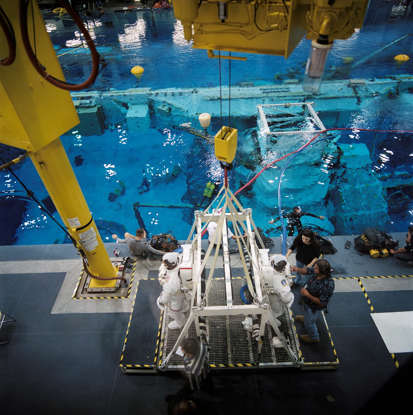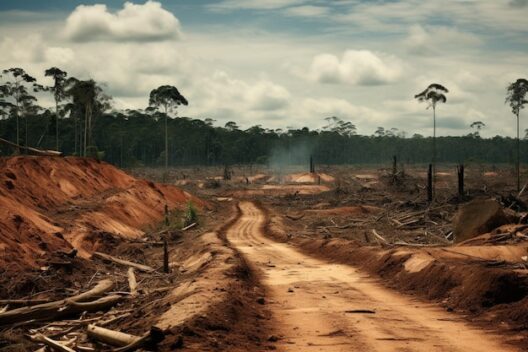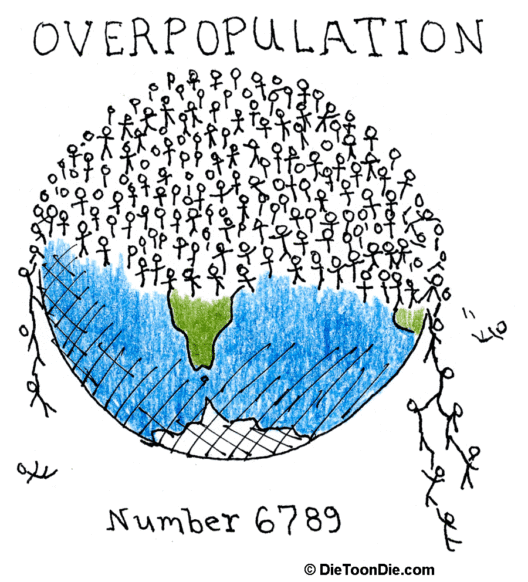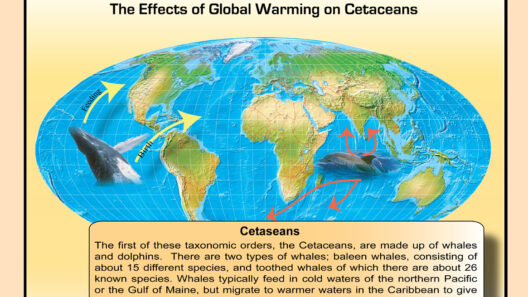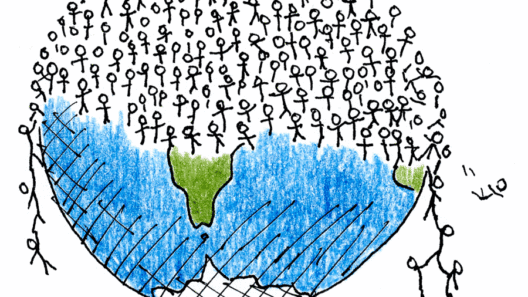Have you ever taken a moment to ponder the intricate journey of your morning coffee? Perhaps, as you relish that first sip, you consider how its rich aroma invigorates your senses. Now, what if I told you that global warming could turn your daily ritual into an increasingly pricey affair? This is not just speculation; it’s a pressing concern as climate change wreaks havoc on coffee production worldwide. So, what are the implications for your weekly grocery bill?
The relationship between coffee and climate change is nuanced, yet it is sharply defined by a few key factors. Coffee plants are sensitive to temperature fluctuations, and as global temperatures rise, so does the risk of reduced yields. The optimal climate for growing coffee involves temperate zones where annual average temperatures range between 60°F and 70°F. Unfortunately, climate change is skewing these parameters. As temperatures soar, suitable growing regions could shrink dramatically, leading to a grim outlook for coffee lovers everywhere.
Currently, the world’s leading coffee producers, such as Brazil, Colombia, and Vietnam, may find their agriculture disrupted by shifting climates. Extreme weather events—like torrential rains or prolonged droughts—are becoming more frequent, complicating cultivation and creating an unstable supply chain. How will this affect your morning cup? It essentially translates to the looming threat of higher prices. The economics of supply and demand dictate that when supply diminishes, prices inevitably rise.
Dive deeper into the coffee-growing landscape, and you’ll discover that many coffee varieties, particularly Arabica, are exceedingly sensitive to even minor temperature variations. Experts assert that a 2°C increase in global temperatures could reduce the suitability of nearly half of existing coffee-growing areas. This is catastrophic, not just for coffee drinkers, but also for the millions of farmers whose livelihoods depend on the bean. Picture entire communities facing economic uncertainty as their primary crop becomes harder to cultivate.
Moreover, pests and diseases that thrive in warmer climates pose additional threats to coffee production. As temperatures increase, pests like the coffee borer beetle gain footholds in areas previously deemed unsuitable for their survival. Farmers are then left scrambling for solutions, often resorting to pesticides that may not only elevate costs further but also introduce ecological hazards. Who would want to start their day with a cup that comes at the expense of environmental integrity?
Adding to the dilemma is the global market’s growing demand for specialty coffee. Consumer preferences have shifted towards high-quality beans, with an increasing number of individuals willing to pay a premium for artisanal coffee. This burgeoning demand exacerbates the challenges posed by climate change. The quest for high-grade beans will force farmers to adapt their practices, often at great expense. These operational costs are bound to be passed on to consumers.
In light of these complexities, it is essential to examine the interplay of sustainability and technology in the coffee industry. Progressive farming practices—such as agroforestry, shade-grown coffee, and organic farming—offer potential pathways for mitigating the adverse effects of climate change. By diversifying crops and integrating tree canopies with coffee plants, farmers can create microclimates that help protect their crops from extreme weather. Yet, implementing these methods often requires significant financial investment, which may not be within reach for every farmer. Ironically, the push for sustainability could also mean increased costs for your caffeine fix.
What about broader initiatives like reforestation or investment in climate-resilient coffee varieties? As global awareness concerning environmental issues heightens, many organizations are targeting coffee sustainability. Programs advocating for fair trade and direct trade practices help ensure that farmers receive adequate compensation, but these ethical purchasing methods often come with a price tag for consumers. Is it worth it to pay a little more for a cup of coffee that supports both the planet and the people who cultivate it?
Moreover, governments and corporations need to step up their efforts to address climate change. Investing in research and development of climate-resilient agricultural practices is paramount. Sustainable farming practices not only safeguard the environment but also can stabilize costs over time. Engaging in policies that support equitable trade can further enhance resilience for farmers, thus providing a buffer against volatile market fluctuations. Who wouldn’t appreciate a world where their coffee remains affordable without the looming specter of climate change devaluing their daily indulgence?
With coffee being a societal staple, the implications of climate change extend beyond mere economics; they encroach upon cultural traditions and social practices. Coffee shops are not just venues for caffeine consumption but vibrant spaces for connection and creativity. Rising coffee prices threaten to alter these cultural landscapes, prompting the question: how much are we willing to sacrifice for our beloved brew?
As consumers, we hold considerable power in shaping the future of coffee production. Opting for sustainable brands, supporting local roasters, or even participating in community-supported agriculture can create ripples of change. Yes, it may demand an adjustment to your budget, but these choices contribute to a larger narrative of prioritizing sustainability over short-term convenience.
As you sip your next cup of coffee, take a moment to reflect on its deeper significance. The interplay of global warming and coffee production presents a hidden challenge that links every consumer to the larger environmental tapestry. As we navigate this pivotal moment in our collective journey, let us remain hopeful and proactive, embracing actions that foster resilience and sustainability for future generations. After all, our daily cup of coffee can either be a luxury or a pathway to a sustainable future—it’s our choice.



